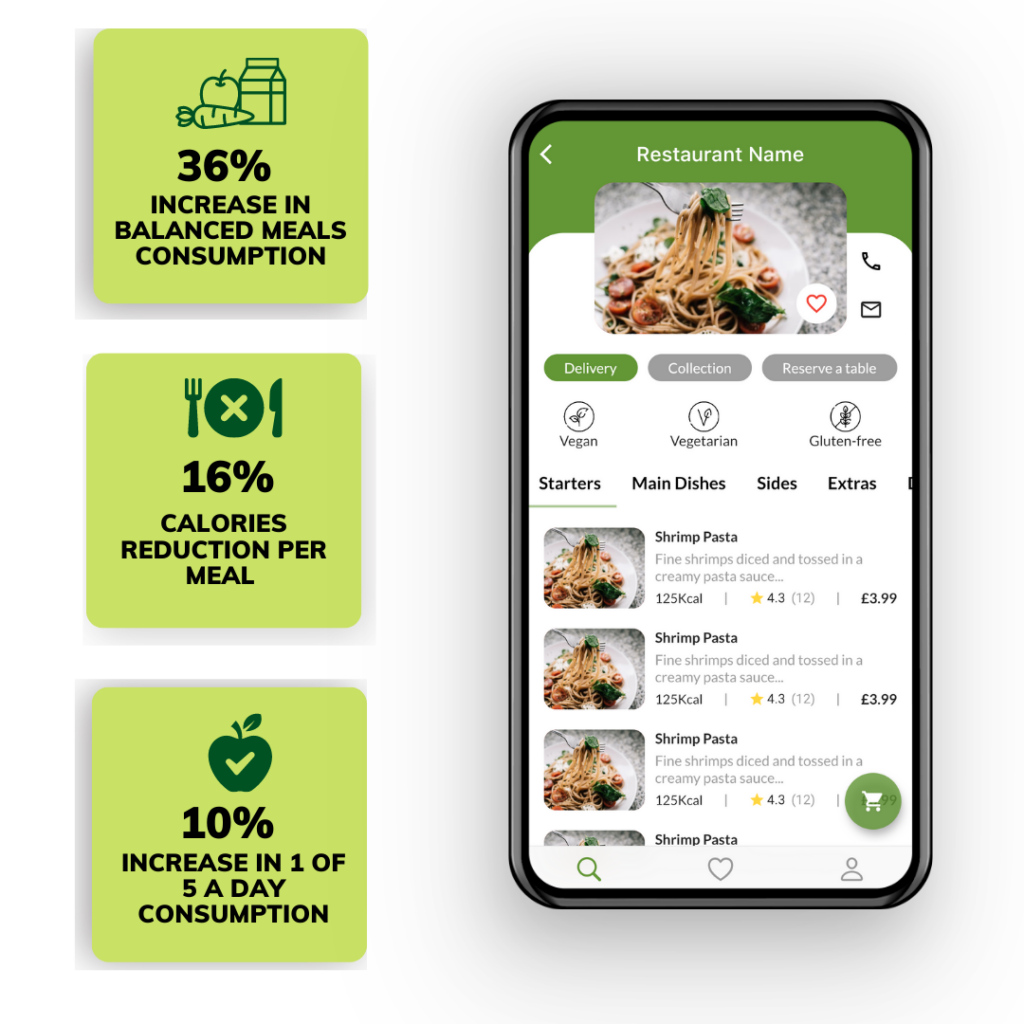Office food temptation is real. Open snack cupboards, celebratory treats, and a free-food culture can hijack even the best intentions. In today’s fast-paced workplaces, shared kitchens stocked with sugary snacks and peer-driven indulgences often derail healthy eating habits and productivity. Tackling these triggers head-on is essential for building a healthier workplace culture and cutting absenteeism.
When teams understand and manage corporate snacking habits, they protect focus for core tasks instead of chasing quick energy hits. Companies that actively address these patterns see measurable gains in engagement and reliability.
Understanding Office Food Temptation
Office kitchen temptation shows up when easy-to-grab snacks meet busy schedules. Between looming deadlines and back-to-back meetings, the environment nudges people toward quick hits rather than balanced meals. Bright candy bowls, leftover pastries in conference rooms, and a communal “treat table” create constant pull. Social cues like colleagues bonding over donuts amplify cravings and weaken self-control. Recognising these environmental and social triggers is the first step to regaining control and fostering a supportive food culture.
Common Sources of Food Temptation in Corporate Settings
Recent research, including a study titled “Resisting temptation: Effects of exposure to a forbidden food on eating behaviour,” delves deep into how exposure to tempting foods affects our eating habits. The findings were revealing: those instructed to abstain, especially those with high restraint and high disinhibition tendencies, ended up consuming more of the snack. This paradoxical effect highlights a fundamental challenge: exposure to temptation can often backfire, leading to overconsumption.
Another study, “Pre- and postprandial variation in implicit attention to food images reflects appetite and sensory-specific satiety,” takes this further by examining how our attention to food changes with our appetite levels. Here, participants underwent a task measuring their attentional responses to food-related and non-food stimuli. The results showed that hunger increases our attentional bias towards food, and after eating, our attention towards the specific type of food consumed decreases – a phenomenon known as sensory-specific satiety.

The Role of Nutrition in Employee Performance
Nutrition plays a critical role in cognitive function and energy levels, both of which are essential for high performance at work. Poor dietary choices can lead to decreased focus, lethargy, and even long-term health issues like obesity and heart disease. Therefore, promoting proper nutrition is not only beneficial for the employees’ health but also for the company’s productivity and efficiency.
Best Strategies to Master Office Food Temptation and Stay Healthy at Work
Strategy 1: Redesign the Office Kitchen to Minimize Temptation
A smart pantry layout can drastically cut impulse munching. Swap candy bowls for fruit baskets, whole-grain crackers, and mixed-nut packs. Use portion-control packaging single-serve hummus, yogurt cups, or pre-portioned trail mix to reduce mindless eating, and add clear labels with calories and macros to prompt deliberate choices. Create hydration stations with infused and sparkling water to shift attention from sugary drinks. As these changes take hold, office kitchen temptation fades into the background. Reinforce the shift with simple signage that highlights the importance of nutrition in the workplace and how better fuel supports performance.
Strategy 2: Promote Mindful Eating to Control Cravings
Build awareness around hunger cues to curb grazing. Offer short workshops on mindful eating: pause before snacking, chew slowly, and step away from screens for a few minutes. Encourage scheduled snack breaks instead of constant nibbling; a 10-minute reset every couple of hours helps restore willpower. Introduce simple tech tools to log cravings and meal timing so employees spot patterns and triggers. Pair these practices with food retail solutions that surface healthier, on-demand options through workplace channels. Over time, people learn how to control food temptation at work by distinguishing genuine hunger from habit and they reduce daylong office food temptation without feeling deprived.
Strategy 3: Foster a Supportive Food Culture at Work
Culture beats rules. Launch healthy snack swaps trade donut day for a “fruit-and-protein” Wednesday. Run team challenges like “five-a-day veggie bingo” to make nutrition social. Ask leaders to model balanced choices so healthy eating feels normal, not exceptional. Build peer support networks where small groups share recipes, swap tips, and keep each other accountable. These rituals directly address corporate snacking habits and make changes stick beyond the office.
Strategy 4: Implement Healthy Food Policies and Subsidies
Remove cost and access barriers. Offer subsidised healthy meal kits or grocery credits, and align benefits with Digital Food Retail for Employee Health to make nutritious options the default. Partner with platforms like Reveal My Food for personalised, goal-aligned lunches that respect allergies and preferences. Layer in incentives wellness points, extra break time, or charity donations for vegetable-forward orders. Policy-level support signals commitment and turns healthy eating into a simple, sustainable choice.
Strategy 5: Educate Employees on Nutrition and Snacking Risks
Knowledge turns intentions into habits. Host workshops and webinars on how office food temptation undermines energy and productivity. Share bite-sized materials infographics on sugar crashes, quick guides to balanced snacking, and short videos on label reading. Circulate quizzes that reveal hidden sugar and sodium in common office treats. When people understand the real trade-offs, they choose foods that support steadier energy.
Strategy 6: Use Technology to Support Healthy Snacking Choices
Leverage apps that track meals, moods, and cravings so employees can see what drives their choices. Integrate Reveal My Food’s digital platform to offer AI-curated snack and lunch recommendations based on personal profiles. Add gentle reminders “hydrate before your meeting” or “try the omega-rich salad today” and use gamification to reward streaks and consistency. This tech-enabled nudging makes how to control food temptation at work tangible and easier to maintain.
Strategy 7: Monitor, Measure, and Adjust the Workplace Food Environment
Make continuous improvement a habit. Run quick pulse surveys on snack satisfaction, afternoon energy, and cravings. Track signals such as reduced vending-machine sales, higher uptake of healthy options, and self-reported focus. Review results each quarter and tweak menus, communications, and incentives accordingly. Share progress with the team celebrate milestones to build momentum and accountability. Align these insights with your broader performance plan using optimizing workplace performance as a framework.
Conclusion
Mastering how to control food temptation at work is not about strict rules it is about smart design, supportive culture, and subtle, sustained nudges. These seven strategies from kitchen redesigns to tech-powered prompts tackle the root causes of office food temptation and build habits that last. Ready to bring these tactics to your team and boost wellbeing and productivity? Partner with Reveal my Food to tailor a program that keeps your workforce energised, engaged, and thriving.

